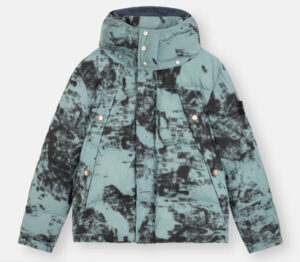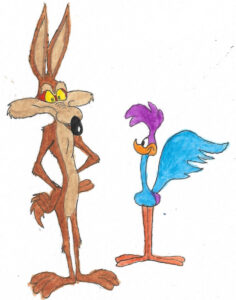In a sea of hip-hop narratives dominated by LA and the Bay, “Rap Diego” emerges as a voice for the oft-overlooked but vibrant San Diego music scene. This new podcast is more than a series of interviews and beat breakdowns—it’s a tribute to a city where underground rap culture thrives in shadowed clubs, skateparks, and makeshift studio apartments.
The podcast’s host, Diego native and music journalist Manny Reyes, provides an insider perspective on the growth and influence of the region’s unique hip-hop sound. Throughout each episode, Reyes takes listeners through the history of the local rap movement, from the early-2000s backyard ciphers to today’s hybridized sounds blending West Coast smoothness with a punk-inspired rawness.
What sets “Rap Diego” apart is its commitment to contextualizing the music within the broader cultural landscape of the city. San Diego’s proximity to the border, its surf and skate culture, and its tense relationship with mainstream Los Angeles all play into how the city’s underground artists articulate their experiences. Episodes dive deep into these elements, with guests ranging from gritty lyricists like Mitchy Slick to experimental producers like Black Hesher, who push the sonic boundaries of what West Coast rap can be.
Through conversations with artists, producers, and community leaders, “Rap Diego” sheds light on a creative ecosystem that has given rise to everything from gritty boom-bap anthems to introspective lo-fi cuts. The show is interwoven with clips from live performances, raw studio sessions, and even snippets of street interviews, capturing the city’s underground in its most authentic form. This organic approach draws a stark contrast to the heavily produced formats typical of hip-hop podcasts, which often sanitize and sensationalize the stories of lesser-known scenes.
One of the standout episodes, “North Park Nights,” profiles the underground shows that take place in the artsy North Park district, where independent venues serve as launching pads for local talents. Reyes brings in local promoters and venue owners to discuss how these spaces have weathered gentrification and pandemic shutdowns, ultimately evolving into community hubs for experimental rap and cross-genre collaborations. The episode is a powerful reminder that San Diego’s underground isn’t just a musical subculture—it’s a resistance against the homogenization of city life.
Another episode, “Border Flows,” explores the cross-cultural influences that shape San Diego’s rap identity. With the U.S.-Mexico border less than 20 miles away, the city’s underground artists have access to a rich tapestry of sounds and stories from Tijuana. Episodes like this emphasize the transnational nature of the city’s music, highlighting how bilingual rhymes and cross-border collaborations carve out a distinct niche for San Diego’s hip-hop.
In a time when regional identity in rap is increasingly blurred, “Rap Diego” reclaims and reframes San Diego’s unique voice. It’s not a podcast for chart-topping hits or viral dance trends; it’s for those who value lyricism, innovation, and the power of local narratives. Reyes’ passion for his city’s underground scene is evident in every episode, turning “Rap Diego” into a must-listen for anyone who wants to understand the overlooked corners of West Coast rap.
Ultimately, “Rap Diego” is a love letter to a city that refuses to let its story be co-opted or overlooked. It’s an ode to the backyard parties, skateboarding freestyles, and DIY ethos that have turned San Diego into a crucible of underground rap excellence. For those looking to discover the pulse of the city’s music revolution, “Rap Diego” offers a front-row seat.
No comments yet.







